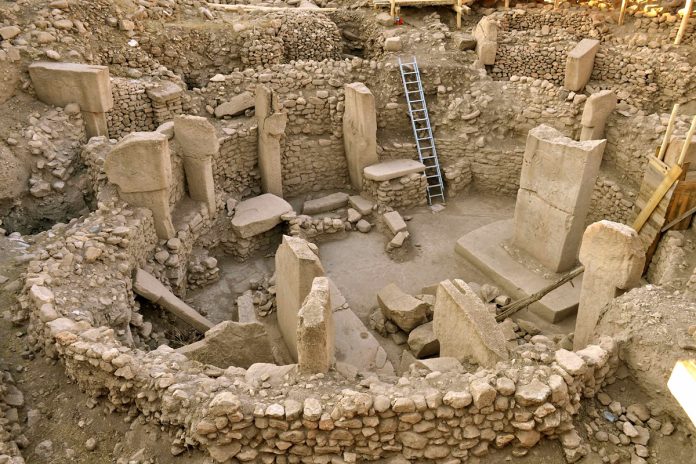Discovery in Gujarat: The “Otlo,” a raised platform typically found outside the main entrance of residences, is a quintessential feature of old Gujarati homes and is referenced in numerous Gujarati proverbs. Recent excavations at Vadnagar by the Archaeological Survey of India (ASI) suggest that this feature has been part of Gujarati housing typology for 1600 years.
Not just an extension of a house’s public-private space, the Otlo serves as a social hub for gossiping with neighbors, greeting strangers, or simply observing the world, according to experts. Dr. Abhijit Ambekar, superintending archaeologist of ASI Excavation Branch V, revealed that the excavation at Sharmishtha Lake’s banks uncovered a large area with continuous habitation for over 2500 years.
While studying the town’s planning, including housing typology, street orientation, and drainage, raised platforms resembling the modern Otlo were discovered outside many houses. These structures date back to the 3rd-4th centuries up to the 10th-11th centuries. The houses, made of brick and rectangular in shape with two to three rooms, feature an extending plinth running parallel to the road-facing side, similar to today’s Otlo’s.
Experts believe the presence of such structures indicates a relatively safe society where people lived in clusters and socialized in these semi-public spaces. Additionally, these platforms could have functioned as flood prevention measures, preventing water from entering homes during monsoons. The ancient town, with over 2,700 years of continuous history, was confined to a specific area with three sides of fortification and Sharmishtha Lake to the northwest.
“The houses over centuries were built directly over the debris of older structures, maintaining the same plumb line,” Ambekar noted. He also observed drainage systems and town planning with east-west streets that later shifted direction slightly, along with instances of structures encroaching onto roads.
Nirav Panchal, a heritage enthusiast who conducts tours of Ahmedabad’s walled city, stated that the Otlo has been an integral part of city pol architecture for social interaction. “Although few old houses from before the 18th-19th centuries remain, the Otlo, along with features like the umbro (entrance), barsakh (wooden plank on entrance), and gokhlo (niche), remains part of the housing plan,” Panchal explained. He added that the tradition has faded in newer houses due to space constraints.

